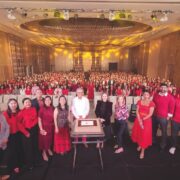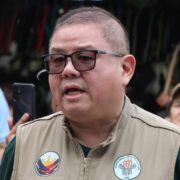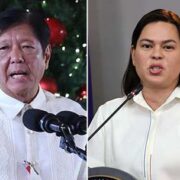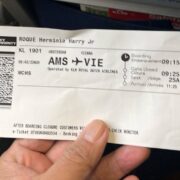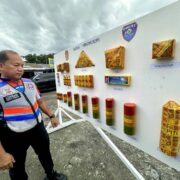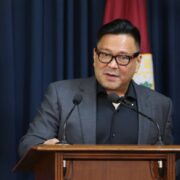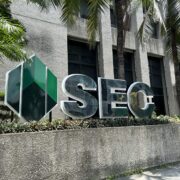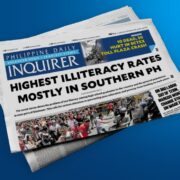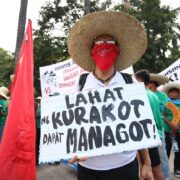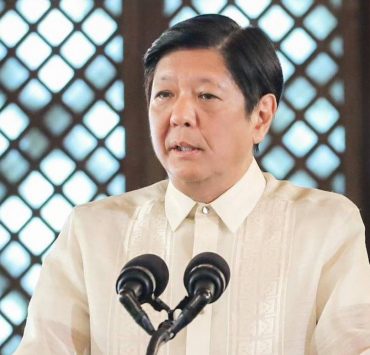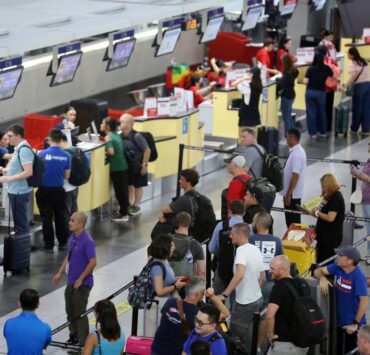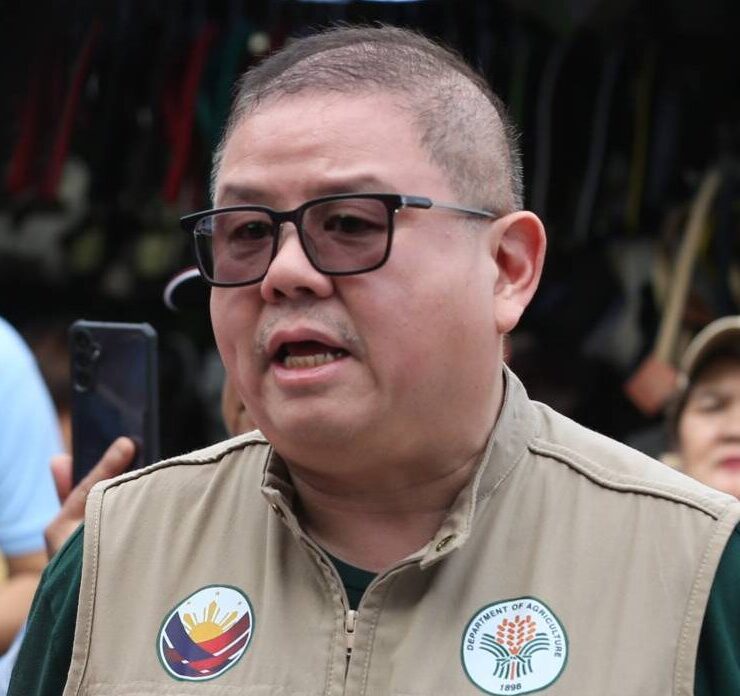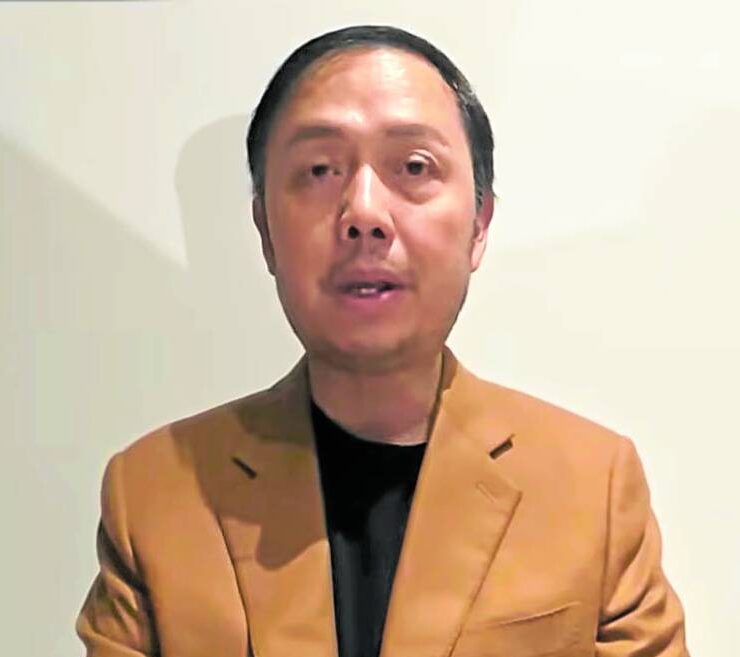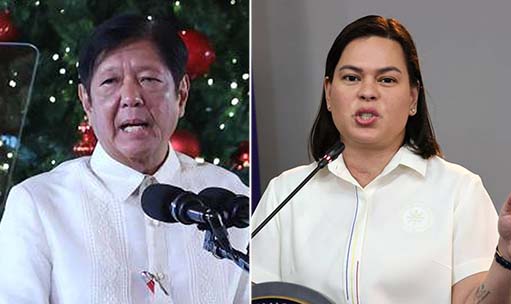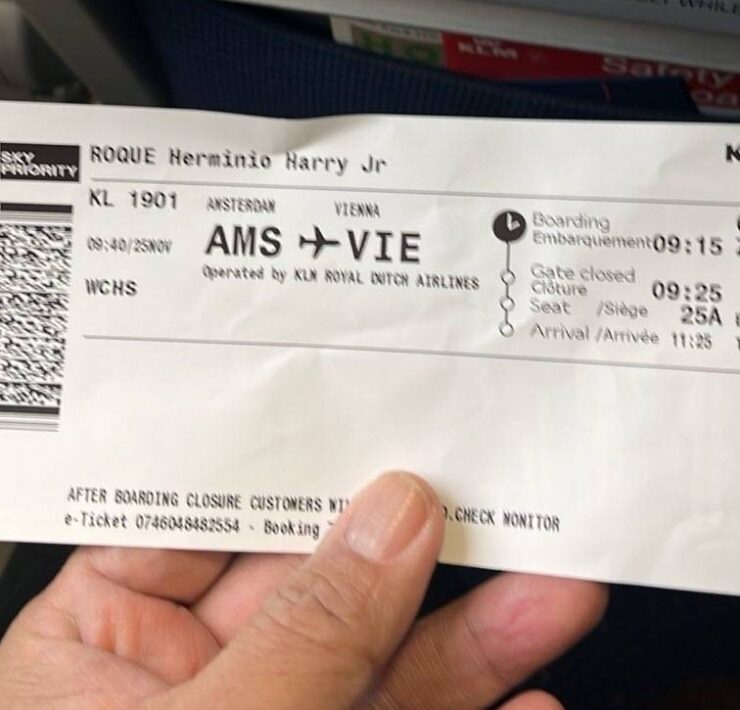Tagle among chosen to assist conclave preps
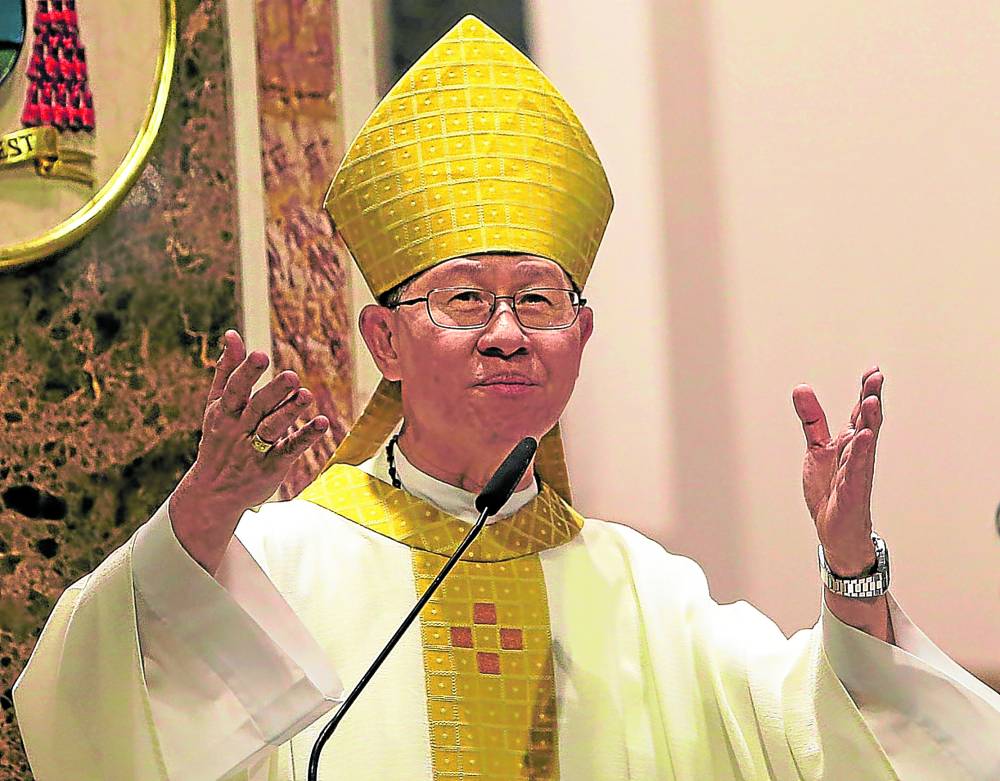
Cardinal Luis Antonio Tagle was named as one of the cardinals who will assist the camerlengo, the interim administrator of the Vatican, to start preparations for the May 7 conclave to choose the 267th pontiff and successor to Pope Francis in one of the world’s oldest and most secretive electoral processes.
Elected along with Tagle, proprefect at the Dicastery for Evangelization, were German Cardinal Reinhard Marx, the archbishop of Munich and Freising, who will serve as coordinator of the Council for the Economy, and French Cardinal Dominique Mamberti, prefect of the Apostolic Signatura, according to the Catholic Bishops’ Conference of the Philippines (CBCP).
The three cardinals and camerlengo Cardinal Kevin Farrell comprise the “particular congregation,” whose composition was renewed during the fifth preconclave meeting of cardinals, known as the “general congregation,” on April 28, a week after Francis died.
The two bodies oversee the administration of the Church during the papal interregnum, the period after a pope dies until a successor consents to his election.
Papabiles
Major decisions are handled by the general congregation, which includes all the cardinals. Other preparations are handled by the particular congregation.
These three cardinals are replaced by the general congregation every three days, as provided by the Apostolic Constitution Universi Dominici Gregis, which lays down the procedure for papal elections.
Tagle and Mamberti are frequently mentioned in media reports as papabile, or leading contenders for the papacy.
Mamberti, as the cardinal proto-deacon, had been tasked with announcing the new pope from the central loggia of St. Peter’s Basilica.
During the fifth general congregation in the Vatican, around 180 cardinals agreed to begin the conclave on May 7, which will take place inside the 16th-century Sistine Chapel beneath Michelangelo’s masterpiece frescoes. The chapel was closed to tourists on Monday to prepare for the ancient election rituals, with modern antispying technologies to maintain its secrecy.
How long it takes
The word conclave, from the Latin cum clave (with a key), dates back to the protracted election of Celestine IV in 1241, when cardinals were locked up in a crumbling palace.
One conclave in the 13th century lasted two years, nine months and two days.
The previous two conclaves, held in 2005 and 2013, lasted just two days. The last, which elected Francis in 2013, involved five ballots. Reports, citing experts and cardinals, indicate that this election may take longer as many of the cardinal electors appointed by Francis have never met each other before.
Most of the participating cardinals sleep in a Vatican hotel behind St. Peter’s Basilica. All of them will be banned from communicating with the outside world—no phones, television or internet.
Of the more than 250 cardinals from different countries around the world, 135 are considered electors—those who can vote for the next pope—but it is uncertain if all will attend.
Italians biggest bloc
The electors come from 71 countries, more than the 48 in 2013. Italians make up the biggest single national bloc, with 17 cardinals, against 10 from the United States and seven from Brazil. In all, there are 53 cardinal electors from Europe, 23 from Asia, 18 from Africa, 17 from South America, 16 from North America, four from Central America and four from Oceania.
Among those eligible to vote, 108, or 80 percent, were appointed during Francis’ 12-year papacy.
Currently, there are five Filipino cardinals but only three can vote: Tagle, 67; Cardinal Jose Advincula, the 73-year-old archbishop of Manila; and Cardinal Pablo Virgilio David, 65, bishop of Kalookan and president of the CBCP.
Cardinals who reach the age of 80 before the start of the conclave are ineligible to participate but can join the daily, closed-door general congregation ahead of the election, where the senior prelates discuss issues facing the Church.
These older cardinals include two Filipinos—Orlando Quevedo, 86, who was appointed by Francis in 2014; and Gaudencio Rosales, 92, who was appointed by Francis’ predecessor Benedict XVI in 2006.
Prayer, discussion
Except for the first day, when only one ballot is held, the cardinals hold two daily voting sessions until one candidate has a majority of two-thirds plus one. All participants are sworn to secrecy about the balloting.
After three days of inconclusive voting, a break of up to one day is allowed for prayer, free discussions among the cardinals and a brief spiritual exhortation by the proto-deacon.
After the votes are counted, all ballots are burned. If the ballot is inconclusive, a chimney over the Sistine Chapel emits black smoke. The smoke signals are expected at around noon and 7 p.m. each voting day. If a pope is elected, white smoke will billow out of the chimney.
The great bell of St. Peter’s Basilica will ring out as an additional sign that a new pope has been elected.
‘Habemus Papam’
A senior cardinal then appears on the balcony of St. Peter’s Basilica and announces in Latin: “Annuntio vobis gaudium magnum. Habemus Papam” (“I announce to you great joy. We have a pope”).
He identifies the new pope by his given name, with his first name translated into its Latin version, and then announces the name, also in Latin, the new pope has chosen.
The papal names most often chosen have been John (23 times), Gregory (16), Benedict (16), Clement (14), Innocent (13), Leo (13) and Pius (12). Pope Francis was the first to choose that name, in honor of St. Francis of Assisi.
Following the announcement, the new pope delivers his first public address and his first “Urbi et Orbi” (“To the City and the World”) blessing in front of the crowds at St. Peter’s Square.
A few days later, the new Pope will celebrate a Mass that marks the beginning of his ministry. —WITH A REPORT FROM REUTERS

